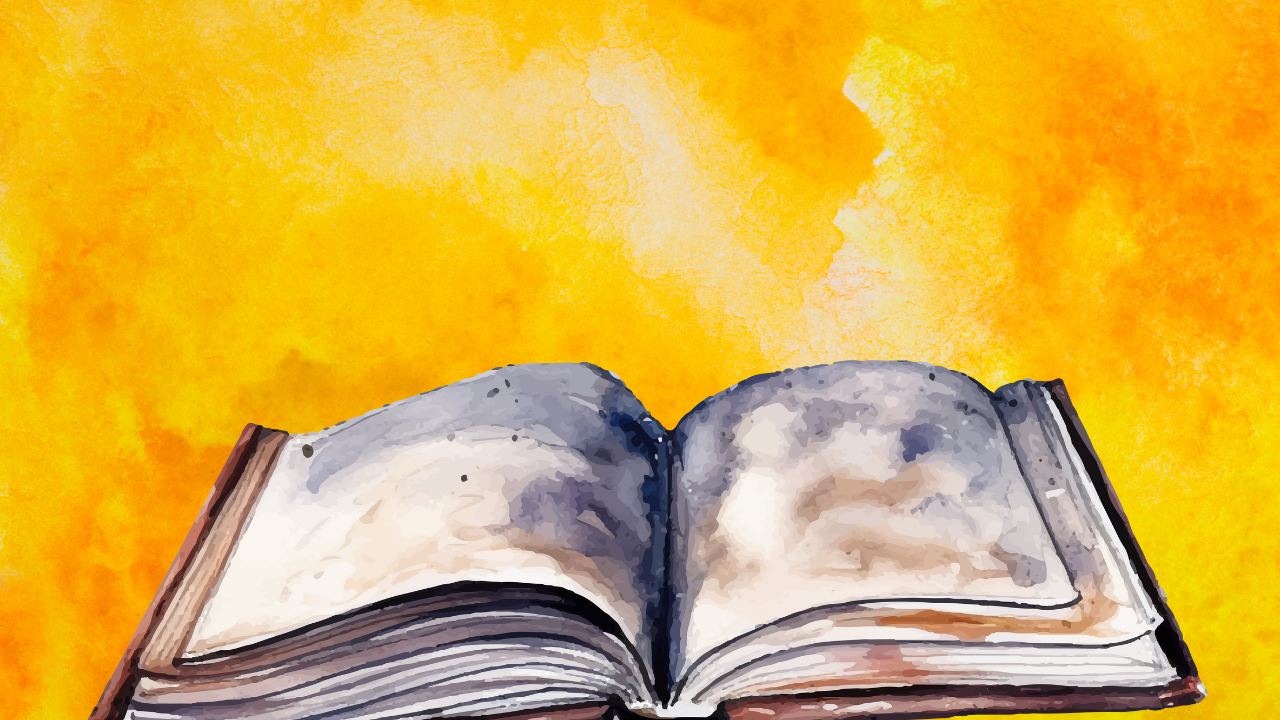What's Your Story?
Jul 13, 2022
Bhima and Arjuna were brothers. They were warriors and both were students at the school run by Drona. Bhima was rather fond of food and Arjuna was fond of archery. Bhima was focused on his mission and so was Arjuna. One night, when every student had gone to bed, Arjuna could still hear some sounds coming from the kitchen. Armed with his bow and arrow, Arjuna, quickly but stealthily went to catch the crook. As he got closer to the source of the sound, he could surely but alarmingly see a portly silhouette. “Could it be him?”Arjuna thought. He whispered, “Bhima”. Bhima mumbled nonchalantly amidst his midnight snack. Arjuna was struck by this peculiar situation and asked his brother, “How do you eat in darkness?” Bhima, finished his food and then proceeded to answer, “It is rather simple. The hand knows where the mouth is” As Arjuna was still grappling with this answer, Bhima, put everything away as it was before, washed his hands and mouth and walked away saying, “Practice, Brother. It takes practice”. Words of Bhima were ringing in Arjuna’s head and he decided to try it out himself. He took his bow and arrow and went onto practice archery even at night, with the sole aim of becoming the best archer in town , nay, in history!
Let the story sit with you for a moment. Would you rather listen to a story or listen to a lecture on benefits of practice, perseverance and determination? What would your child or student prefer? The answer is easy, isn't it? Children, during their formative years, should listen to varieties of age appropriate stories. I would just add that, as an educator or a parent, it is our responsibility to find stories that are told in varieties of voices and not just from a popular author and then present it to our pupils. How can stories work in a school setting? In Waldorf classrooms, stories are the backbone of the curriculum especially in younger grades. As children are listening to the stories, their listening ear is getting sharpened, they’re creating mental images and their “feeling life” is touched. Then, the next day, the teacher brings the focus back to the story in a different way. Here, the students have to recall from memory, verbalize their memory and apply any pertinent teachings into their books either through a writing assignment or into an artform relevant to their age. In this way, their “thinking” and “willing” is worked upon. Stories can be told not just in language arts, relevant stories can be told even in Mathematics and Sciences. Stories may not be the central element in teaching math or science but they certainly are needed in order to make them more relevant to our human experience.
Stories bind people, they bind communities, bind nations and civilizations. Stories build character, they can break our will. Stories heal and they can traumatize. Stories have the potential to shape our character. They give wings to our imagination and give a boost to our inspiration. They give voice to our human nature. Let us use them in a constructive way!
By Vidhya Aravamuthan
We are Redefining Education!
We invite you to join us every Monday for our Q and A.
We are here to support you in living your family’s best life!
More Blog Posts on Storytelling HERE.
Stay connected with news and updates!
Join our newsletter to receive the latest news and updates from our team. Plus you will receive additional helpful resources and a gift!
Don't worry, your information will not be shared.
We hate SPAM. We will never sell your information, for any reason.

